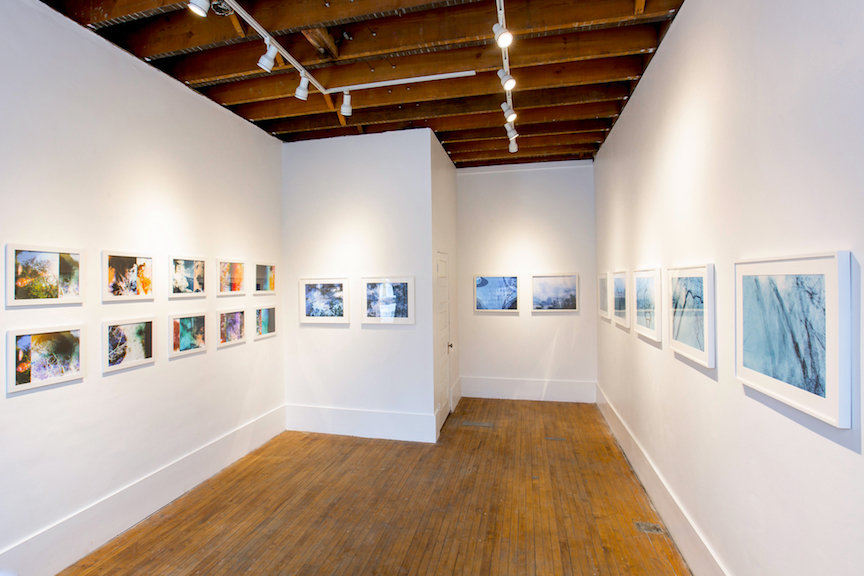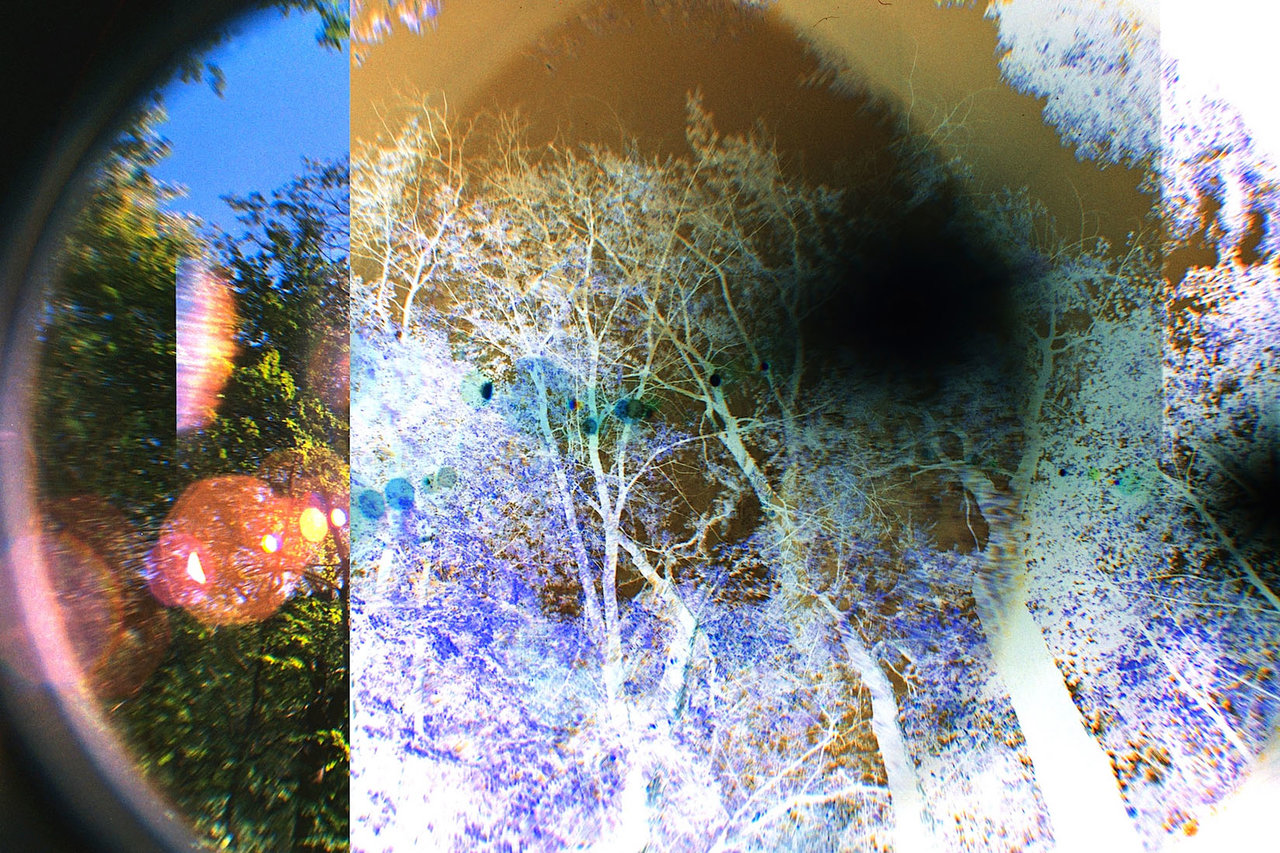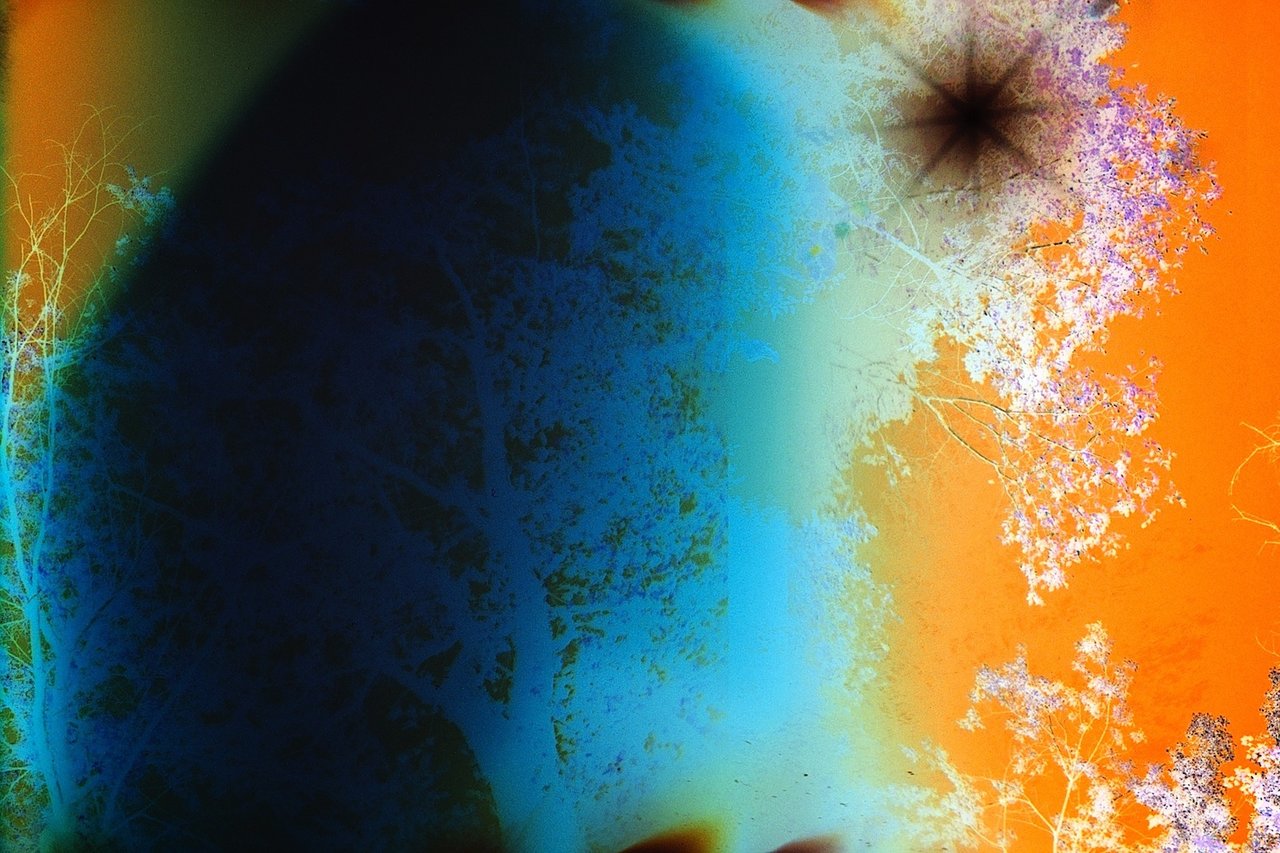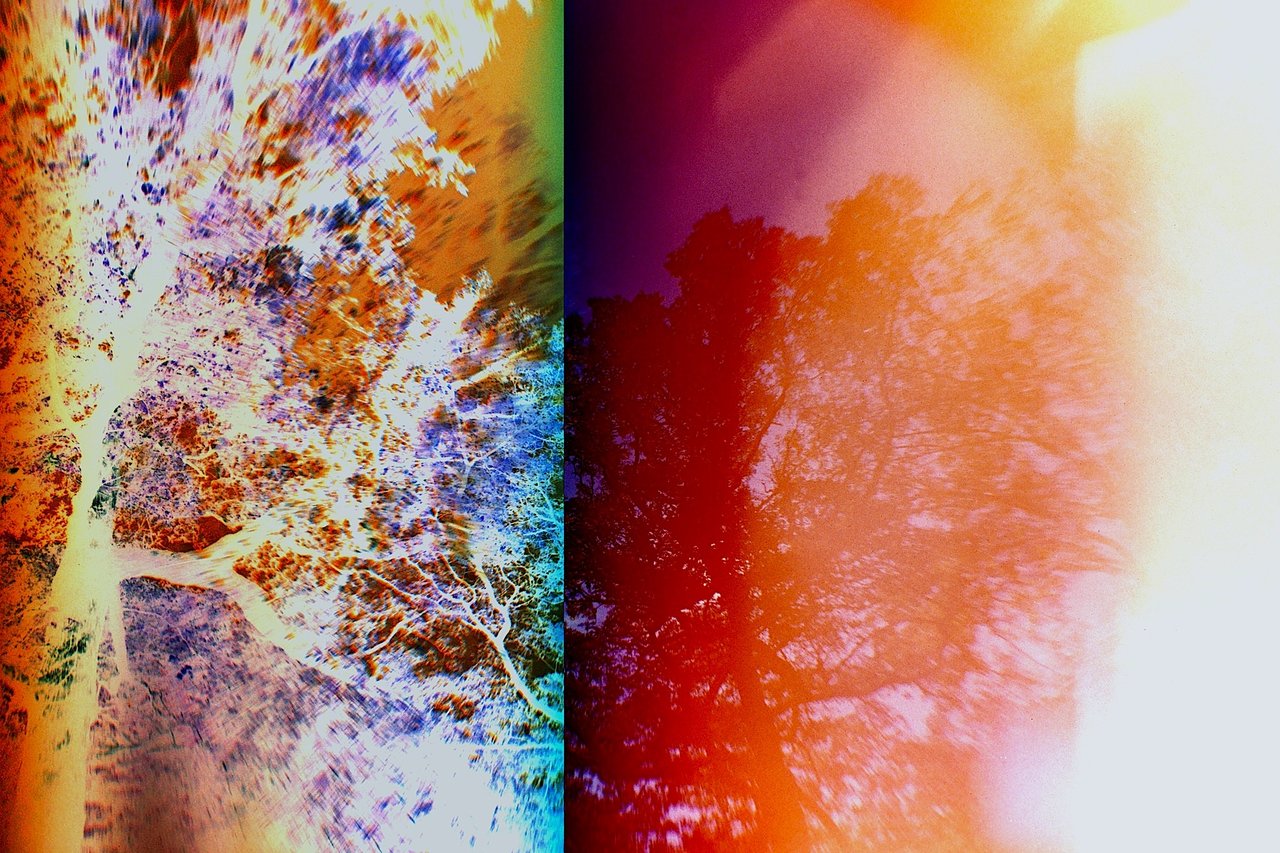Leah Oates: Photographic Monuments to the Ephemeral in Nature
Earlier in February photographer Leah Oates opened her Transitory Space # 9 exhibition at Black Cat Artspace, a small storefront gallery near Dundas and Roncesvalles in Toronto. Now a resident of the city, Oates had founded and run Station Independent Projects, a Lower East Side gallery in New York City. Her recent work centers on Toronto’s Cedarvale Ravine and Don Valley, the ninth in the Transitory Space group of works. Other sites have ranged from Nova Scotia, Pelham Bay, the Bronx, and Jamaica Bay, Queens, to as far away as Beijing, China. She has stated her intention to observe, “urban and natural locations that are transforming due to the passage of time, altered natural conditions and a continual human imprint. In everyone and in everything there are daily changes and this series articulates fluctuation in the photographic image and captures movement through time and space.”
A persistent motif for Oates, the tree, anchors her exploration of the effects of light and colour in the photographic and printing process much as Monet fixated on specific subjects. His attention might have fallen on haystacks, the Rouen Cathedral or his Giverny pool. Regardless, it allowed for an in-depth investigation of the nuanced transit of time from daylight to dusk. In corralling her subject, Oates frames her gaze where best to record the intricate lattice play between a blood vessel burst of branch with sky. The Don Valley suite of works in particular, take us to an acid-soaked Kubrick kind of hyper-space, as much inner as outer. There is a restless, kinetic quality to the work. Where exactly do these images reside? Solarized circles appear to telescope, moving from the human cornea to camera lens, cupping the subject in a hazy biosphere, orbs favouring flora over fauna. More drama-infused than placid, the spaces arrested by the eye of the camera, nevertheless, convey an idyllic of unspoiled innocence at times, particularly the images eschewed of human traces.
The observed impressions that Oates presents to the viewer is less a detached, dispassionate record of the visible world, than an attempt to come to terms with and perhaps reconcile “contradictory realities.” To achieve this, it’s helpful to understand her working process, and while it may appear to be digital at first sight, it has its basis originally in film, “then either printed as its with some tweaking of color in the darkroom or the negative is scanned, altered and colour corrected digitally, then printed as a pigment print. Whatever the final print process, there is always a connection to location, place and yet a playful randomness and flux.”
The over-arching ethos animating the Transitory Spaces of Oates must fall on the side of beauty. While she admits that the human energy tends to be messy, her chosen spaces “are endlessly interesting, alive places,” and there is more than hint of an idealizing imperative in her summarization of the work as ”temporary monuments to the ephemeral nature of existence.”
Steve Rockwell
Images are courtesy of the artist
*Exhibition information: Leah Oates, Transitory Space # 9, February 7 – 20, 2019, Black Cat Artspace, 2186 Dundas Street West, Toronto. Gallery hours: Thurs – Sun, 2 – 7 pm.




